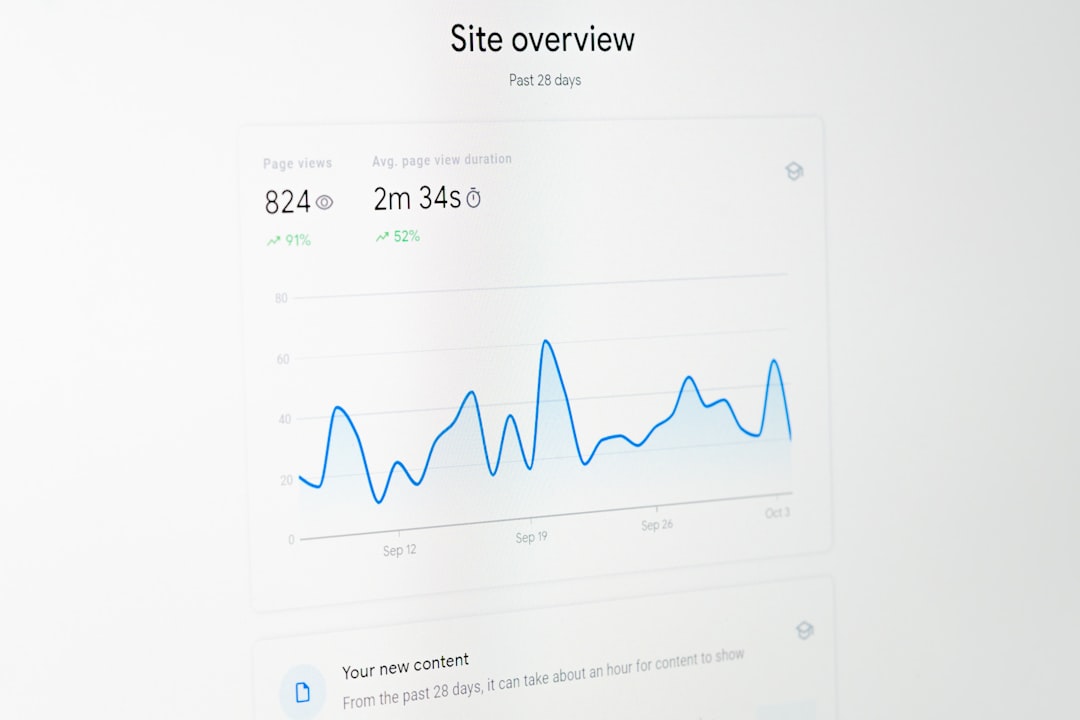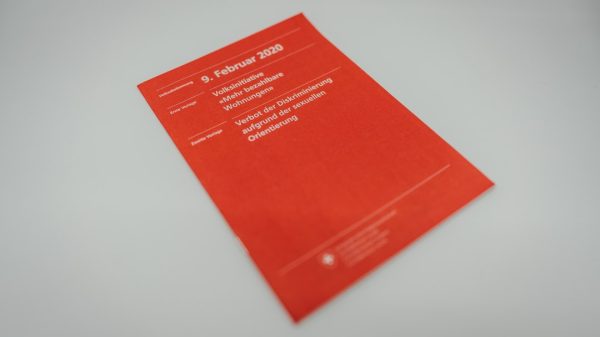Every content creator battling for digital dominance knows one thing: visibility is key. And in the competitive landscape of search engine result pages (SERPs), appearing in a featured snippet is like finding the golden ticket. This position—above the traditional search results—can drastically increase both credibility and click-through rates. But how do you optimize for this space dominated by AI-driven algorithms and evolving search behaviors?
Welcome to the strategic art of writing for snippets: a method of structuring content not just for human readers, but for the ever-perceptive bots powering AI and search engines. In this article, we’ll uncover how to tailor your content for featured snippets, increase your chances of being selected by AI-based systems, and fuel your visibility in dynamic SERPs.
What Is a Featured Snippet?
A featured snippet is a highlighted search result that appears at the top of Google’s organic results, often referred to as “position zero.” These can take the form of:
- Paragraph snippets: Brief answers to specific questions.
- List snippets: Step-by-step processes or ranked items.
- Table snippets: Structured data in a tabular format.
- Video snippets: Short video suggestions relevant to the search term.
Essentially, snippets aim to provide immediate answers to users, encouraging them to click through to the source for more detailed information.
Why Snippets Matter in an AI-Driven Search World
Modern search engines are no longer simple keyword matchers. They’re intelligent systems, powered by AI and machine learning, designed to understand user intent and semantics. Google’s BERT and more recent AI models focus on context, meaning, and relevancy.
When you structure your content for snippets, you’re engaging directly with these intelligent systems. You’re providing bite-sized, structured answers that align with how AI parses content and serves results to users.
Moreover, winning a featured snippet spot leads to immense benefits:
- Increased visibility: Appearing above all other results boosts brand awareness.
- Higher click-through rates: Clear and concise answers attract inquisitive users.
- Voice search optimization: Snippets are key answers read by voice assistants like Siri and Google Assistant.
Step-By-Step: Structuring Content for Snippet Domination
Crafting snippet-worthy content isn’t a guessing game—it’s a formula that involves clarity, hierarchy, and semantic alignment. Here’s how to do it right:
1. Understand User Intent
Every snippet starts with a question—literally. To optimize properly, you need to identify:
- What your audience is asking
- How they phrase their questions
- What kind of answers they expect (text, list, table)
Use tools like Google’s “People Also Ask” feature, AnswerThePublic, and keyword research tools to uncover common questions and intent patterns.
2. Use Question-Based Subheadings
Write headings in the form of questions that users are likely to search. For example, instead of “Benefits of Snippets,” write “What Are the Benefits of Featured Snippets?” This format clearly signals to search engines that your content could answer a specific query.
3. Front-Load the Answer
Answer the question directly below the heading in 40-60 words. Keep it concise, factual, and free of promotional language. This direct response increases your chances of being pulled into a featured paragraph snippet.
4. Use Ordered and Unordered Lists
Whenever you’re describing steps, hierarchies, or categorized information, use HTML lists. Here’s an example:
Steps to Optimize Content for Snippets:
- Identify user intent
- Frame the question clearly
- Provide a direct, formatted answer
- Use schema markup for added context
This structure not only helps readers process information more easily but also makes it simpler for AI to extract and format the content into a list snippet.

5. Format for Semantic Clarity
Use proper HTML tags to indicate structure and hierarchy. Use:
<h1>for the title<h2>for key sections<p>for paragraphs
Search engines use these tags to understand the logical flow of your page. Think of it as leaving breadcrumbs for the AI to follow.
6. Integrate Schema Markup
Schema tells search engines what your content means rather than just what it says. Use appropriate markup like FAQPage, HowTo, and Article to give AI additional context, increasing your chances of snippet selection.
7. Add Contextual Visuals
Visuals like images and infographics enrich content clarity and can also appear as rich snippets in search results. Label them properly with alt text containing relevant keywords.

Common Mistakes to Avoid
Even well-intentioned content can fail to earn snippet placement if it commits these common errors:
- Being too vague or verbose: Long-winded responses confuse algorithms.
- Overloading with jargon: Write in plain, user-friendly language.
- Failing to match format: If the top result is a list, and yours is a dense paragraph, you’re at a structural disadvantage.
- Neglecting mobile optimization: Snippets often serve mobile users, so your design must be mobile-friendly.
The Role of AI in Snippet Optimization
As AI becomes more integral to how search engines prepare results, content optimization for snippets transforms from keyword strategy to intent fulfillment. AI models now weigh:
- Contextual relevance over keyword density
- Sentiment and tone over literal match
- Topical authority based on overall domain content
This means your optimization efforts should extend beyond the page to include internal linking strategies, content depth, and consistent niche authority.
Bonus Tips: Keep Updating, Keep Winning
Google frequently updates its algorithms, and snippet criteria are not static. Stay ahead with these extra strategies:
- Monitor SERP changes regularly: Tools like SEMrush and Ahrefs can highlight lost or gained snippet positions.
- Competitor analysis: Study which snippets your competitors hold and how they structure their page.
- Update older content: Revisit and refresh high-performing articles to maintain snippet eligibility.

Conclusion: The Future Is Snippet-Shaped
As AI continues to shape the way users interact with search engines, adapting your content for featured snippets is a crucial move. It’s not just about reaching the top anymore—it’s about being the best answer. By understanding user intent, structuring content semantically, and optimizing with both people and machines in mind, you can solidify your spot atop the SERPs.
So the next time you write, remember you’re writing for more than users—you’re writing for snippets. And when written with clarity, precision, and structure, your content won’t just appear in search—it will shine at the very top.


































